Key Takeaways
- Stem cell therapy abroad provides significant cost savings, often ranging from 40% to over 80% compared to Western nations like the US and UK, without compromising on quality at accredited facilities.
- Leading medical tourism destinations, including Mexico, Turkey, and South Korea, are recognized for balancing regulatory oversight, high technology, and competitive pricing.
- The total cost of treatment varies widely based on the condition treated, the type and dose of stem cells used (autologous vs. allogeneic), and the number of sessions required.
Specific Cost Insights:
- Mexico: Treatments for orthopedic conditions typically range from $3,500 to $10,000 USD.
- Turkey: Often one of the most affordable options in the region, with general stem cell procedures starting from $3,000 to $6,000 USD.
- South Korea: Known for advanced R&D, specialized treatments can start around $5,000 USD, offering substantial savings versus similar Western technology.
- Thailand: Competitive pricing with treatments often falling between $1,200 and $10,000 USD, particularly for rejuvenation and anti-aging protocols.
- Japan: Known for its technological leadership and fast-tracked approval system, treatments tend to be premium, starting from $15,000 USD for complex protocols.
Understanding Stem Cell Therapy and Regenerative Medicine
-
Stem cell therapy, a rapidly evolving field of regenerative medicine, uses the body's own natural repair mechanisms to treat diseases, repair damaged tissue, and reduce chronic inflammation.
What is Stem Cell Therapy?
Stem cell therapy is a revolutionary approach in regenerative medicine aimed at repairing dysfunctional or injured tissue. It utilizes special cells—stem cells—which have the unique ability to develop into many different cell types, from muscle to nerve cells, and can divide indefinitely to replenish other cells.
When injected into the body, these cells migrate to damaged areas. Their primary actions include:
-
Reducing Inflammation: Stem cells are powerful anti-inflammatory agents.
-
Immunomodulation: They help regulate the immune system, which is crucial for treating autoimmune diseases.
-
Tissue Regeneration: They release growth factors that stimulate native cells to heal and regenerate damaged structures like cartilage, tendons, and nerves.
Types of Stem Cells Used in Treatment
-
The two main categories are autologous (from the patient's own body) and allogeneic (from a donor source, such as umbilical cord tissue).
The source of the stem cells directly impacts the treatment protocol, cost, and complexity:
-
Autologous Stem Cells: Harvested directly from the patient’s own bone marrow or adipose tissue (fat).
-
Pros: Minimal risk of immune rejection, highly regulated in many Western countries.
-
Cons: Cell quality can decline with age, and the harvesting process requires a minor surgical procedure.
-
-
Allogeneic (Donor) Stem Cells: Most commonly derived from umbilical cord tissue (known as Mesenchymal Stem Cells or MSCs).
-
Pros: High cell count, younger and more potent cells, non-invasive harvesting, immediately available for injection.
-
Cons: Requires rigorous donor screening and laboratory processing. This is the common type used in many leading medical tourism hubs.
-
Conditions Treated by Regenerative Medicine
-
Stem cell therapies are actively used in treatment protocols for orthopedic injuries, neurological disorders, and chronic inflammatory conditions across the globe.
The scope of stem cell treatment is broad and continually expanding. High-demand treatments abroad typically target:
-
Orthopedics: Knee arthritis, joint pain, tendon injuries (rotator cuff, Achilles), spinal disc degeneration.
-
Neurological Disorders: Multiple Sclerosis (MS), Parkinson’s disease, stroke recovery, and neuropathy.
-
Autoimmune Conditions: Rheumatoid arthritis, Lupus, and Chronic Obstructive Pulmonary Disease (COPD).
-
Anti-Aging and Wellness: General rejuvenation protocols, fatigue, and enhancing overall cellular health.
Top Global Destinations for Stem Cell Therapy
-
The best destination for stem cell therapy abroad combines competitive pricing, internationally accredited facilities, and favorable regulatory environments that often allow access to advanced protocols not yet widely available in the West.
Mexico: Accessibility and Advanced Protocols
-
Mexico is the top destination for North American patients seeking affordable stem cell treatments due to its geographic proximity, high-quality private clinics, and regulatory framework that permits a broader range of approved therapies.
Mexico has become a regenerative medicine powerhouse. Clinics in border cities like Tijuana, as well as tourist hubs like Cancun and Guadalajara, offer state-of-the-art facilities regulated by COFEPRIS (Mexico's federal commission for health protection).
Key Advantages:
-
Proximity: Easy and inexpensive travel for US/Canadian patients.
-
Cost-Effectiveness: Costs are typically 65% to 80% lower than in the US.
-
Treatment Scope: Access to cutting-edge allogeneic mesenchymal stem cells (MSCs) from ethically sourced umbilical cord tissue.
Turkey: Affordability and European Standards
-
Turkey provides some of the most cost-effective stem cell solutions in the world, combining modern, JCI-accredited hospitals (particularly in Istanbul and Ankara) with highly experienced medical professionals.
Turkey’s government actively promotes medical tourism, ensuring clinics adhere to rigorous international standards. They excel in high-demand areas like orthopedics, anti-aging procedures, and some autoimmune treatments.
Did You Know?
Turkey is rapidly positioning itself as a leader in medical tourism, with thousands of international patients traveling there annually for complex procedures, including specialized stem cell injections for chronic pain and cosmetic regeneration.
South Korea: Research and Technological Innovation
-
South Korea is a global leader in biotechnology and stem cell research, setting the pace for innovation with some of the strictest ethical guidelines and clinical trial standards in Asia.
While treatments might be slightly more expensive than in Mexico or Thailand, the Korean focus on R&D means patients often gain access to therapies developed in advanced, institution-backed labs. This destination is ideal for patients prioritizing technological innovation and stringent oversight.
Japan: Cutting-Edge Regulation and Quality
-
Japan is renowned globally for its unique, fast-tracked regulatory system for regenerative medicine, offering access to some of the world's most advanced and rigorously developed cellular therapies.
Japan's government actively supports research and development in this field, making it a prime location for patients seeking cutting-edge therapies that meet extremely high safety and quality standards. Due to the high cost of living and advanced technological infrastructure, treatments here are considered a premium option.
Expert Insight: “When selecting a destination, always verify the clinic’s laboratory certification (e.g., GMP, ISO). South Korea, Germany, and Japan are renowned for their strict lab standards, providing an extra layer of confidence in cell quality and processing,” advises a leading medical tourism consultant.
Thailand and Colombia: Emerging Hubs
-
Thailand and Colombia offer attractive options, blending excellent, affordable care with robust tourism infrastructure, providing patients with world-class facilities and a relaxing environment for recovery.
|
Country |
Primary Focus Area |
Typical Savings vs. US |
|---|---|---|
|
Thailand |
Anti-aging, wellness, holistic recovery, orthopedics. |
55%–90% |
|
Colombia |
Orthopedics, pain management, cutting-edge cellular products. |
70%–85% |
|
Germany |
Autoimmune, neurological conditions, rigorous regulatory compliance. |
30%–50% |
|
India |
Highly affordable, treatments for neurological conditions (e.g., cerebral palsy). |
Up to 90% |
Stem Cell Therapy Costs: A Global Comparison
-
The price of stem cell therapy can range dramatically globally, with a single injection starting from $2,000 in affordable locations to over $50,000 for complex protocols in the U.S. or Western Europe.
Key Factors Influencing Stem Cell Treatment Cost
The final price of your regenerative treatment package is determined by several interlocking factors:
-
Condition Complexity: Treating localized joint pain (single injection) is far cheaper than treating a systemic neurodegenerative disease (requiring multiple high-dose IV infusions).
-
Cell Type and Dosage: Allogeneic MSCs from cord tissue often involve higher costs due to laboratory processing and expansion (reaching hundreds of millions of cells), compared to simpler, low-count autologous injections.
-
Clinic Reputation and Regulation: Highly accredited hospitals (e.g., JCI-certified) and clinics with their own in-house, GMP-compliant laboratories will charge higher fees to reflect this quality assurance.
-
Inclusions (The Package): Medical tourism packages often include accommodation, airport transfers, translation services, follow-up tests, and sometimes even localized rehabilitation, which contributes to the overall package price.
Detailed Global Cost Table (USD)
This table provides general price ranges for a single, moderate-complexity treatment protocol (e.g., treating two moderate joints or an early-stage autoimmune condition).
|
Destination |
Orthopedic (Joint/Pain) Est. Cost |
Neurological (Advanced Protocol) Est. Cost |
Anti-Aging/Wellness Est. Cost |
Average Savings |
|---|---|---|---|---|
|
United States |
$8,000 – $15,000 |
$20,000 – $50,000+ |
$10,000 – $25,000 |
N/A |
|
Mexico |
$3,500 – $7,000 |
$12,000 – $18,000 |
$5,000 – $10,000 |
60% – 80% |
|
Turkey |
$3,000 – $5,000 |
$10,000 – $15,000 |
$4,000 – $8,000 |
70% – 85% |
|
South Korea |
$4,500 – $8,000 |
$15,000 – $25,000 |
$7,000 – $12,000 |
50% – 70% |
|
Japan |
$7,000 – $15,000 |
$20,000 – $40,000 |
$10,000 – $20,000 |
10% – 40% |
|
Colombia |
$4,000 – $8,000 |
$14,000 – $20,000 |
$6,000 – $11,000 |
65% – 75% |
|
Germany |
$7,500 – $15,000 |
$20,000 – $30,000 |
N/A (Highly Regulated) |
20% – 40% |
Candidacy, Preparation, and Recovery
-
Successful stem cell treatment requires a thorough candidacy evaluation, careful pre-trip preparation, and adherence to post-treatment instructions to maximize the body's natural healing response.
Are You a Candidate for Stem Cell Therapy Abroad?
-
Candidacy is determined by a comprehensive review of your medical history, current health status, and specific diagnosis, often requiring recent imaging and lab results.
Not everyone is a candidate for every type of regenerative treatment. Most reputable clinics adhere to strict protocols to ensure safety and potential for success. You will typically be asked to provide:
-
Recent Medical Records: Detailed history, surgical reports, and current medication list.
-
Imaging: X-rays, MRI, or CT scans relevant to the condition (e.g., an MRI for a spinal condition).
-
Lab Tests: Recent blood work to check for underlying inflammatory markers or contraindications.
Conditions often deemed unsuitable include active cancer, ongoing infection, or severe bleeding disorders. The evaluation process is designed to find the best treatment protocol for your specific health profile.
Preparing for Your Stem Cell Treatment Trip
-
Preparation involves logistical planning, such as booking medical tourism packages, and personal health optimization, including diet and cessation of certain medications.
To optimize your body's environment for receiving and integrating the new cells, clinics usually recommend:
-
Medication Adjustments: Temporarily stopping anti-inflammatory drugs (NSAIDs) or blood thinners as they can interfere with the stem cells' effectiveness. Always consult your physician.
-
Diet and Supplements: Adopting an anti-inflammatory diet and increasing intake of omega-3 fatty acids and Vitamin D.
-
Logistics: Confirming your package includes translation and ground transport. Plan for an extra few days in the destination for rest before and after the procedure.
Recovery and Aftercare Expectations
-
Recovery protocols focus on rest, avoiding strenuous activity for a defined period (usually 4-6 weeks), and following a rehabilitation plan to support the new tissue regeneration.
Unlike major surgery, the physical recovery from stem cell injections is often minimal. However, cellular recovery takes time.
Immediate Aftercare (First Week):
-
Localized soreness or bruising at the injection or harvest site.
-
Strict rest; elevation or icing as directed.
-
Avoiding hot tubs, saunas, and swimming.
Long-Term Follow-up (Months 1–6):
-
Avoiding heavy weight-lifting or high-impact exercise.
-
Engaging in light physical therapy or mobility exercises.
-
Most patients report gradual improvement, with peak results typically observed between 3 and 6 months post-treatment. Follow-up communication with the clinic is essential for monitoring progress.
Fact and Figures: Studies suggest that Mesenchymal Stem Cells (MSCs) have a half-life of 2–4 weeks in the body, but their therapeutic effect lasts months or years by stimulating the patient's own tissues to continue healing long after the original cells have naturally degraded.
Safety, Efficacy, and Choosing a Provider
-
The safety and efficacy of regenerative medicine depend entirely on selecting a properly regulated clinic that adheres to Good Manufacturing Practice (GMP) standards for cell processing and utilizes advanced, image-guided injection techniques.
Understanding Risks and Side Effects
-
When performed in accredited, regulated clinics, stem cell therapy is generally safe, with the main risks being minor injection site pain or bruising, and, rarely, infection.
The primary risk associated with treatment abroad is the possibility of choosing an uncertified or "pop-up" clinic. By focusing on established medical tourism hubs like those in Mexico, Turkey, and Korea, and prioritizing facilities with international accreditation (JCI), you mitigate most serious risks.
Potential Side Effects (Rare and Mild):
-
Temporary low-grade fever or fatigue.
-
Injection site pain or swelling.
-
Minor systemic reaction (if allogeneic cells are used, although highly rare with banked MSCs).
Expected Efficacy and Results
-
Efficacy varies by condition and patient, but high-quality stem cell treatments aim to significantly reduce pain, improve mobility, and slow the progression of chronic diseases.
Success is often measured not by a cure, but by a substantial improvement in Quality of Life (QoL). For instance, in orthopedic cases, a 50% reduction in chronic pain that lasts 1–2 years is often considered a successful outcome, potentially delaying or avoiding major surgery. Always manage expectations and discuss the clinic's own published outcome data.
Expert Insight: What to Look for in a Provider
- Accreditation: Look for Joint Commission International (JCI) accreditation or local government regulation (e.g., COFEPRIS in Mexico, Ministry of Health approval in Turkey, PMDA/MHLW in Japan).
- Cell Processing: The clinic should have a GMP-compliant lab (or partner with one) for cell preparation and expansion.
- Physician Expertise: The physician performing the procedure must be a specialist (e.g., orthopedic surgeon, neurologist) with specialized training in cellular therapies and must use ultrasound or fluoroscopic guidance for precision placement of the cells. Never accept a "blind" injection.
Frequently Asked Questions (FAQ)
Is Stem Cell Therapy abroad legal and safe?
Yes, it is legal and safe provided you choose a clinic operating within the regulatory framework of its country, such as those governed by COFEPRIS in Mexico or the Ministry of Health in Turkey. Safety hinges on the clinic's accreditation, adherence to quality control (GMP lab standards), and the physician's expertise.
What is the difference between Autologous and Allogeneic stem cells?
Autologous cells are derived from the patient's own fat or bone marrow, offering low rejection risk but potentially lower cell potency. Allogeneic cells (usually from screened umbilical cord tissue) are younger, more potent, and immediately available, offering higher cell counts per treatment.
Will my health insurance cover stem cell therapy abroad?
In most cases, no. Since most regenerative medicine treatments are still considered experimental or non-standard of care by major US and European insurers (like Medicare), coverage is rarely provided. This is why medical tourism offers such a financially viable alternative.
How long does the stem cell procedure take, and how long must I stay?
The actual injection procedure is usually quick (30 minutes to a couple of hours). However, most clinics require a stay of 3 to 7 days to allow for pre-treatment consultation, health screening, the procedure itself, and immediate post-procedure observation and monitoring.
How soon will I see results after stem cell treatment?
Unlike immediate pain relief from steroids, the benefits of stem cell therapy are gradual as cellular regeneration takes time. While some patients report minor improvements within weeks, the most significant and measurable results typically appear between 3 and 6 months post-treatment.
Are the stem cells expanded in a lab before injection?
High-quality protocols in leading countries often involve cell expansion (growing the cells to high dosages in a lab) to ensure the patient receives the optimal number of viable cells (often 50 million to 300 million cells). You must confirm the cell count and lab accreditation with your provider.
Ready to Explore Your Regenerative Medicine Options?
Navigating the world of stem cell tourism requires expertise and a trusted partner committed to quality and safety. PlacidWay connects you only with JCI-accredited hospitals and certified regenerative medicine centers in the top global destinations, including Mexico, Turkey, South Korea, and Thailand.
Don’t gamble on your health. Start your journey toward regeneration with confidence.
-
Compare Top Clinics: Get side-by-side quotes from the leading stem cell clinics in Mexico, Turkey, and South Korea, all vetted for quality and safety.
-
Personalized Treatment Plan: Our medical concierge team will arrange your records review by a specialist to determine your candidacy and outline a personalized protocol.
-
Request a Free Quote: Contact PlacidWay today to receive a confidential, no-obligation comparison of affordable stem cell therapy packages tailored to your specific condition and budget.
Click Here to Find Your Stem Cell Treatment Package

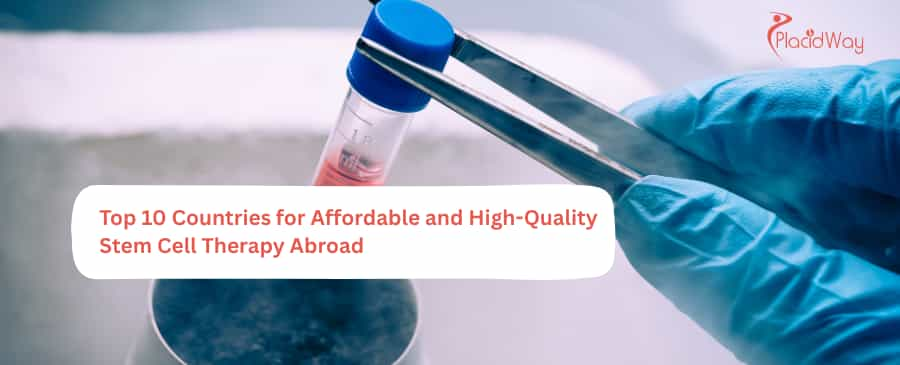

.png)
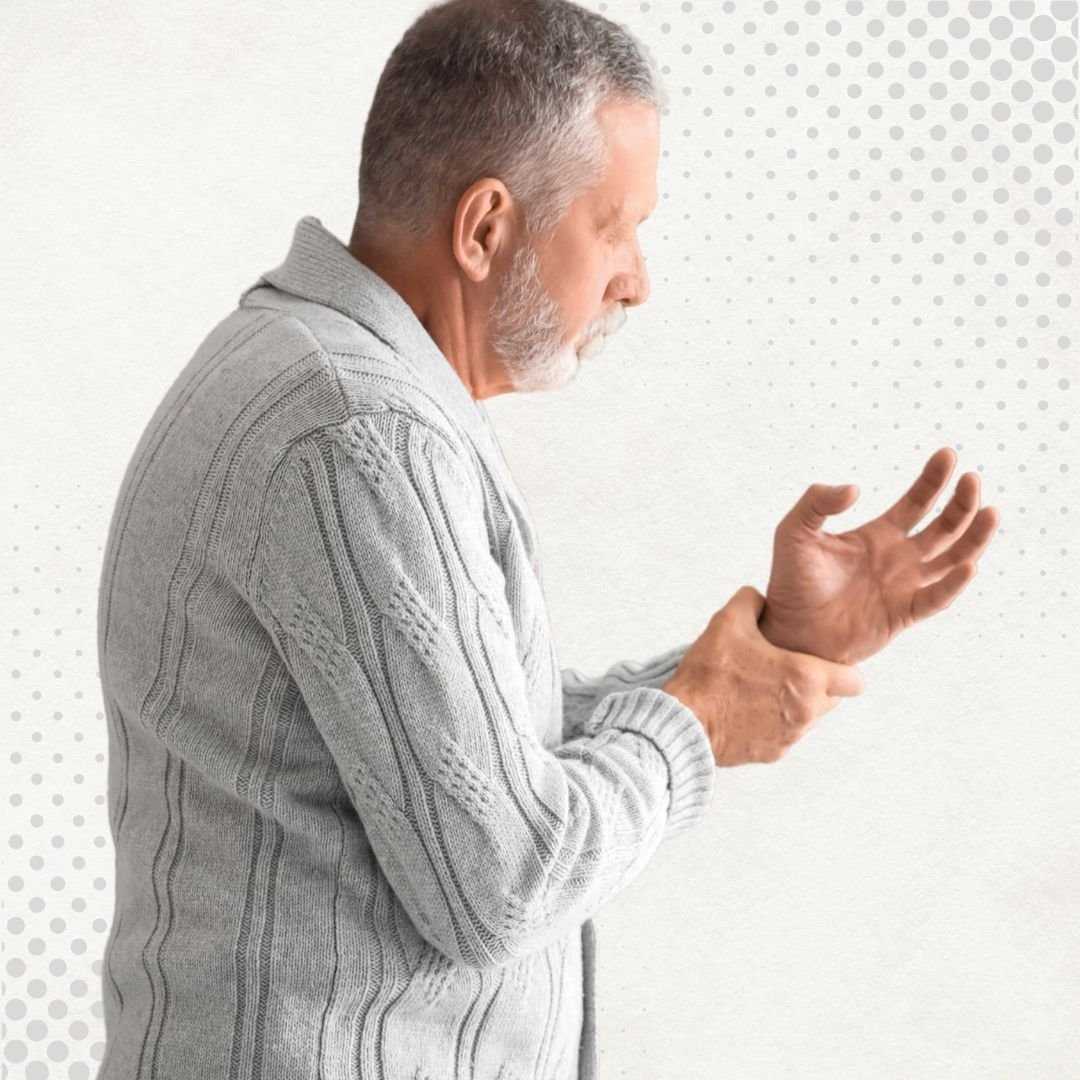

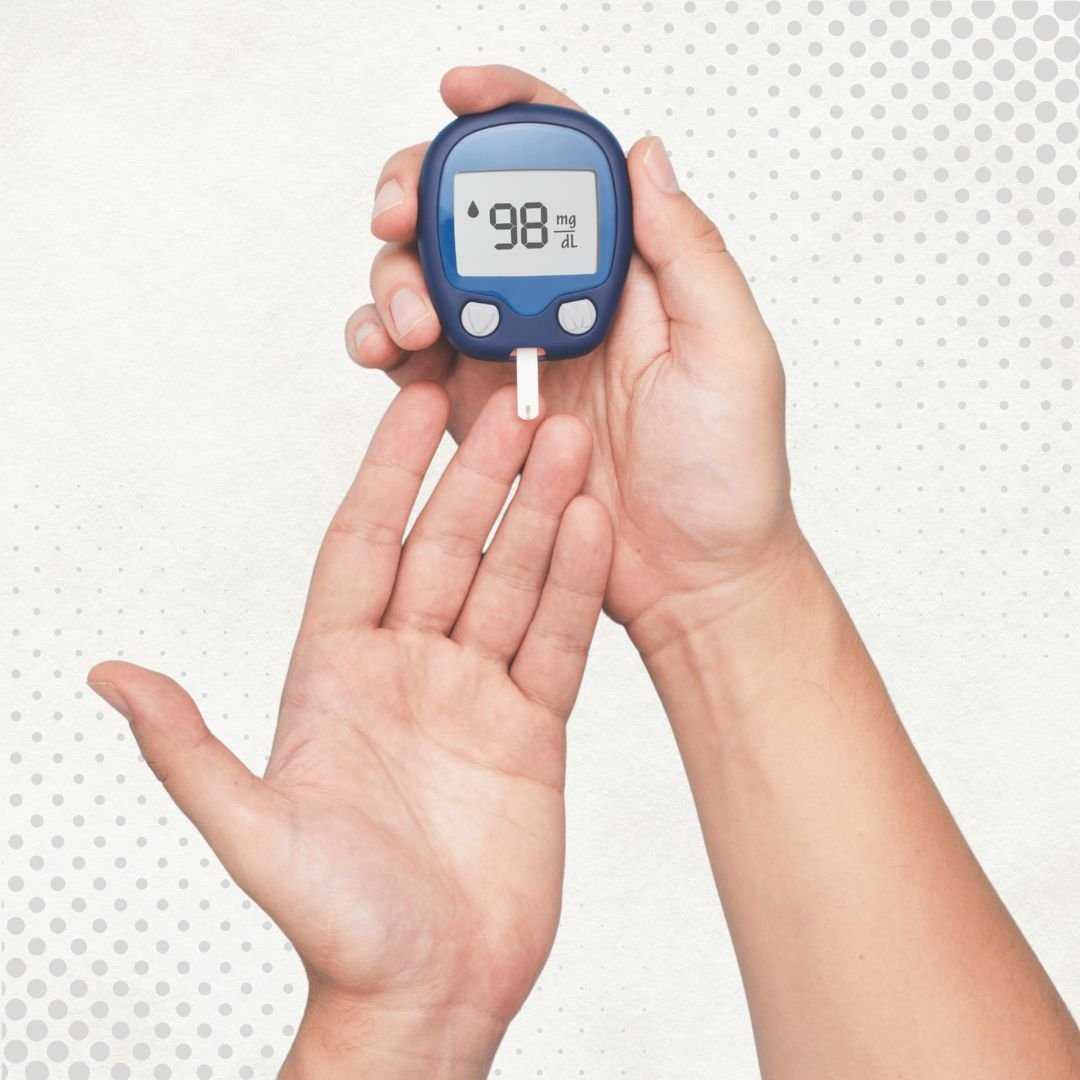
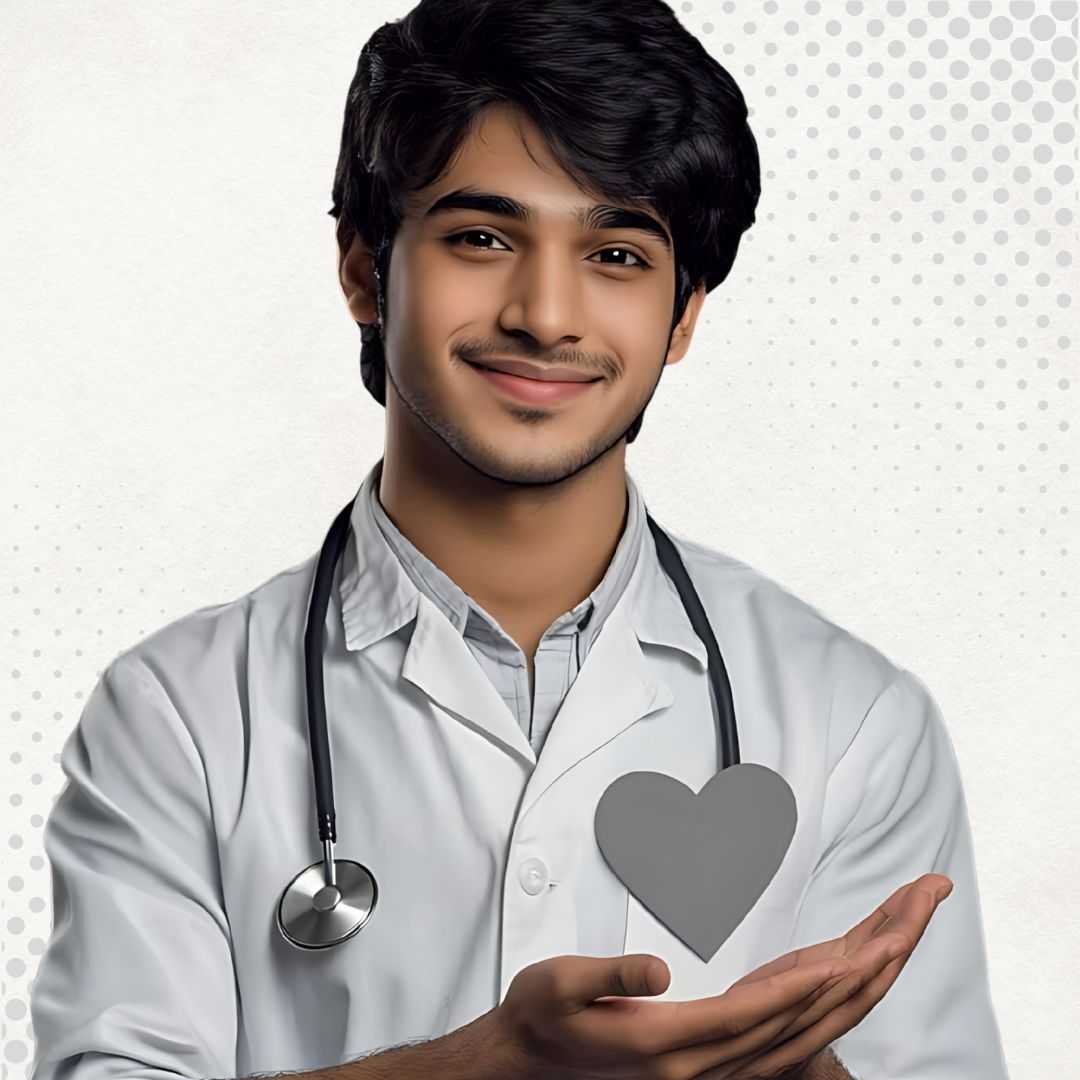
.png)
.png)
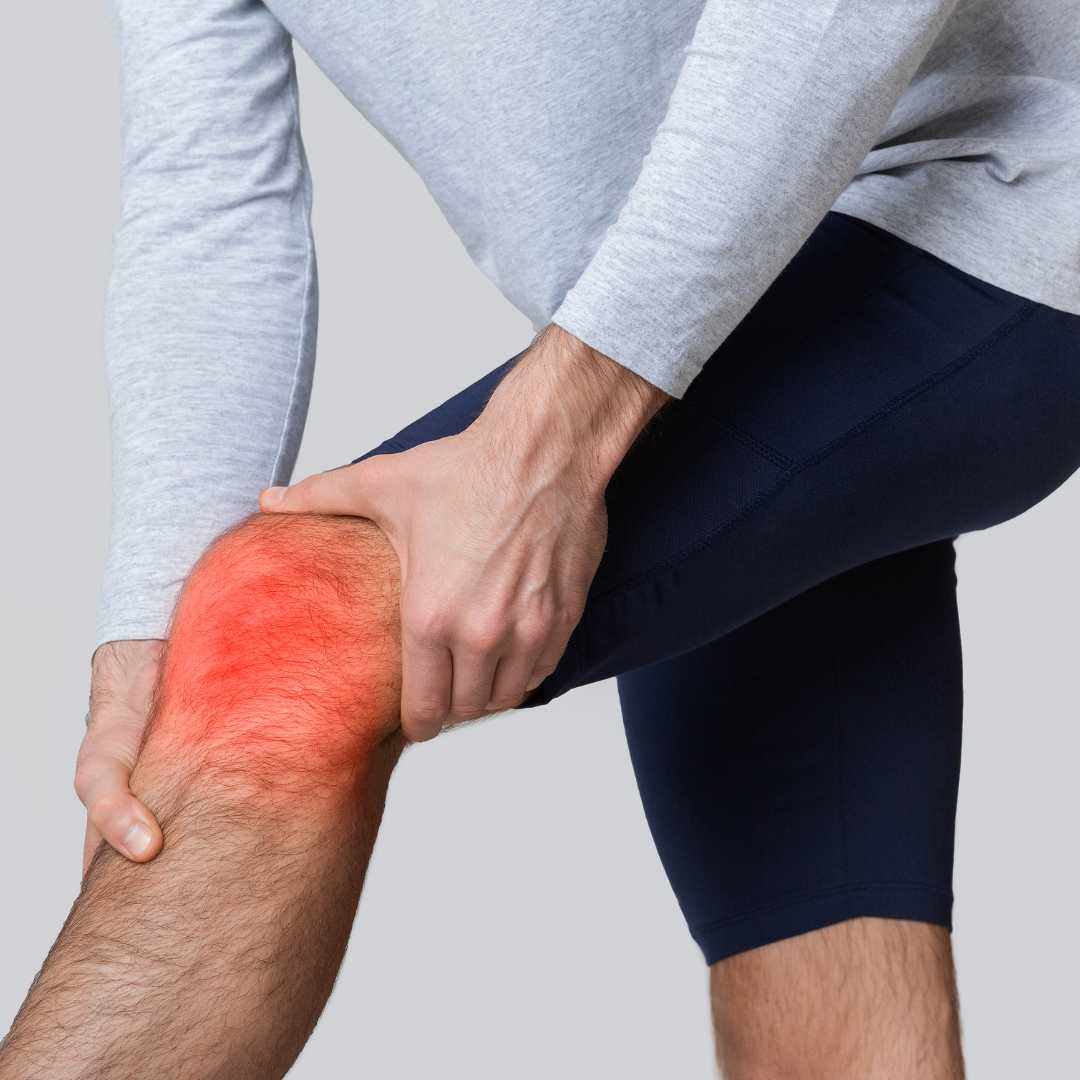
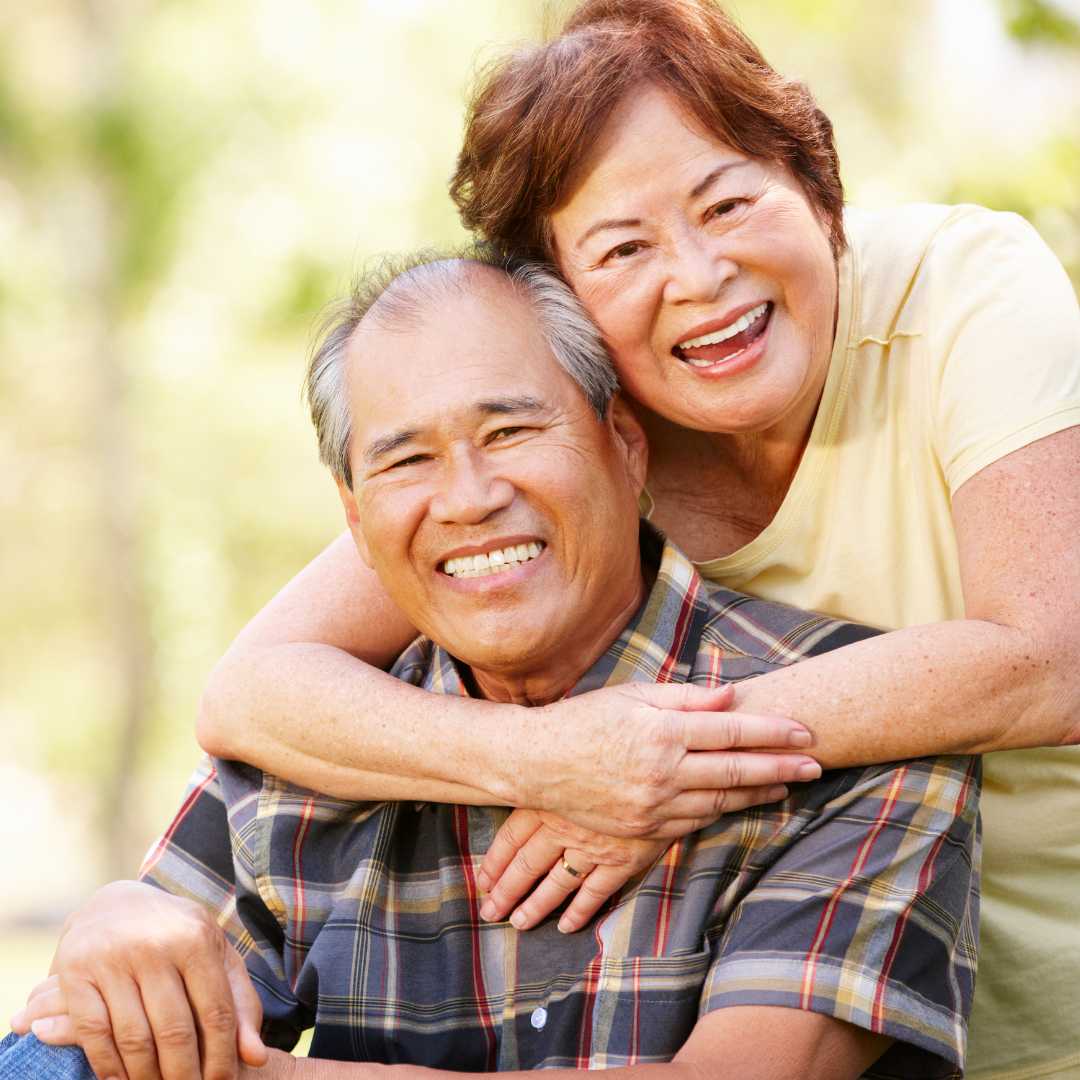
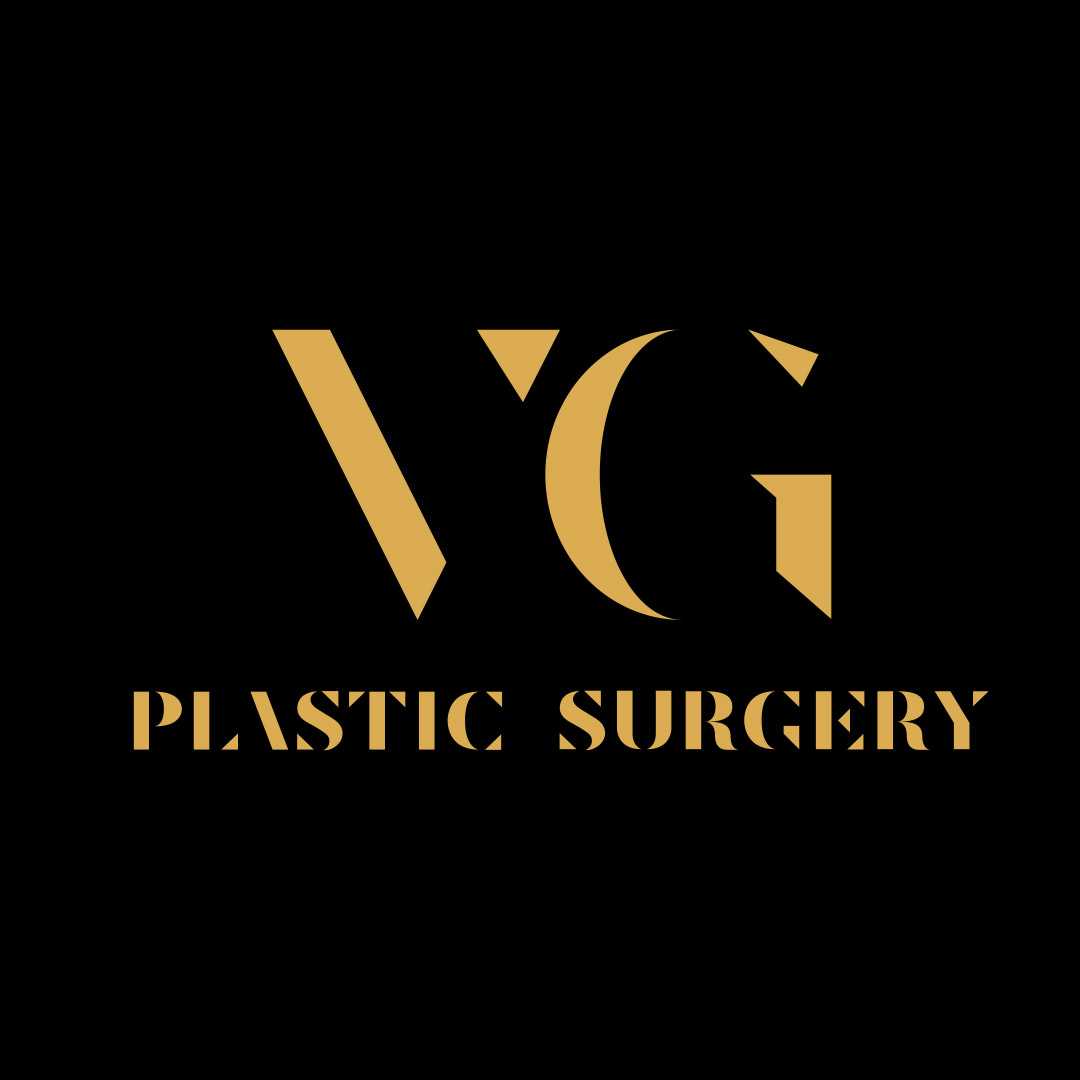

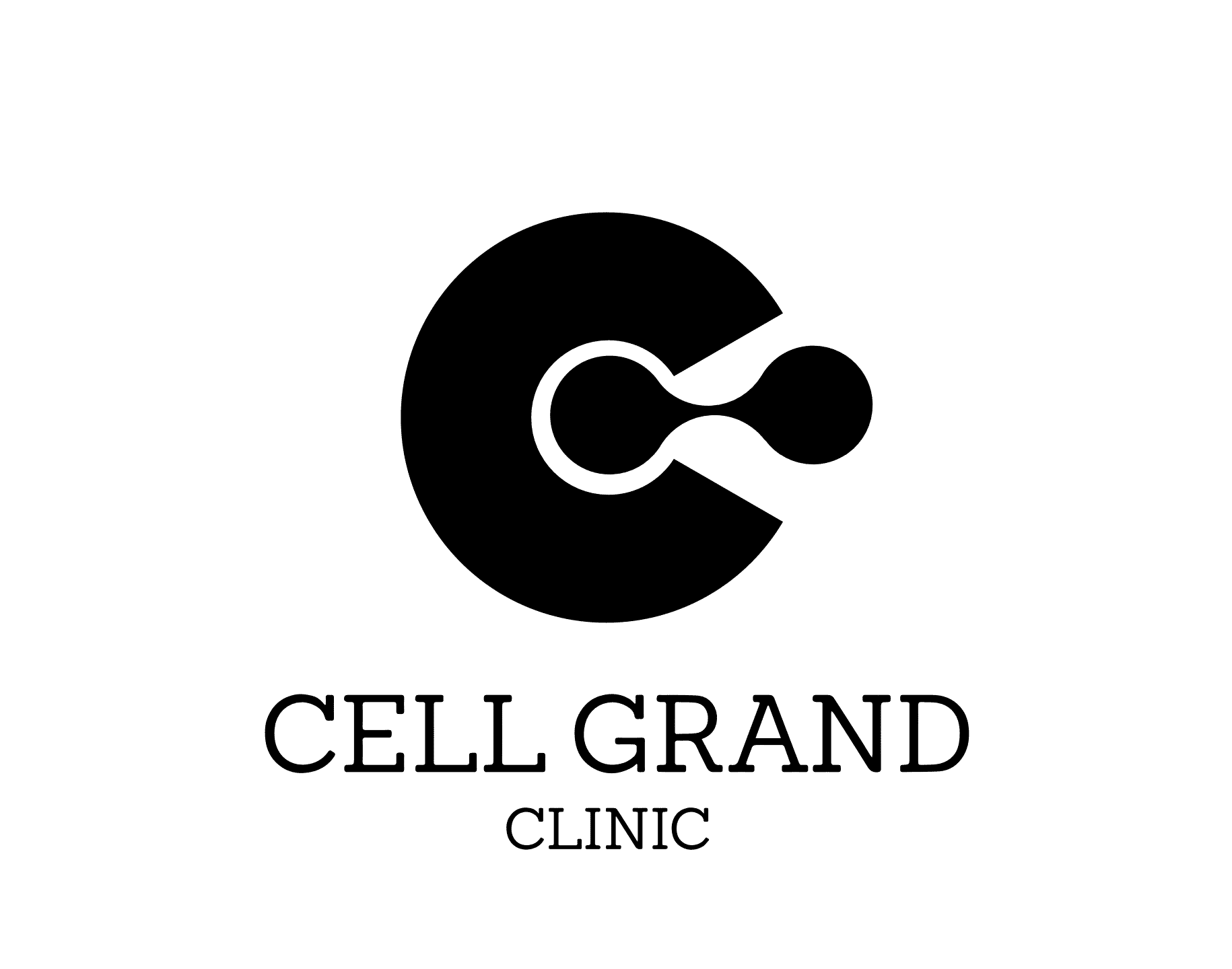
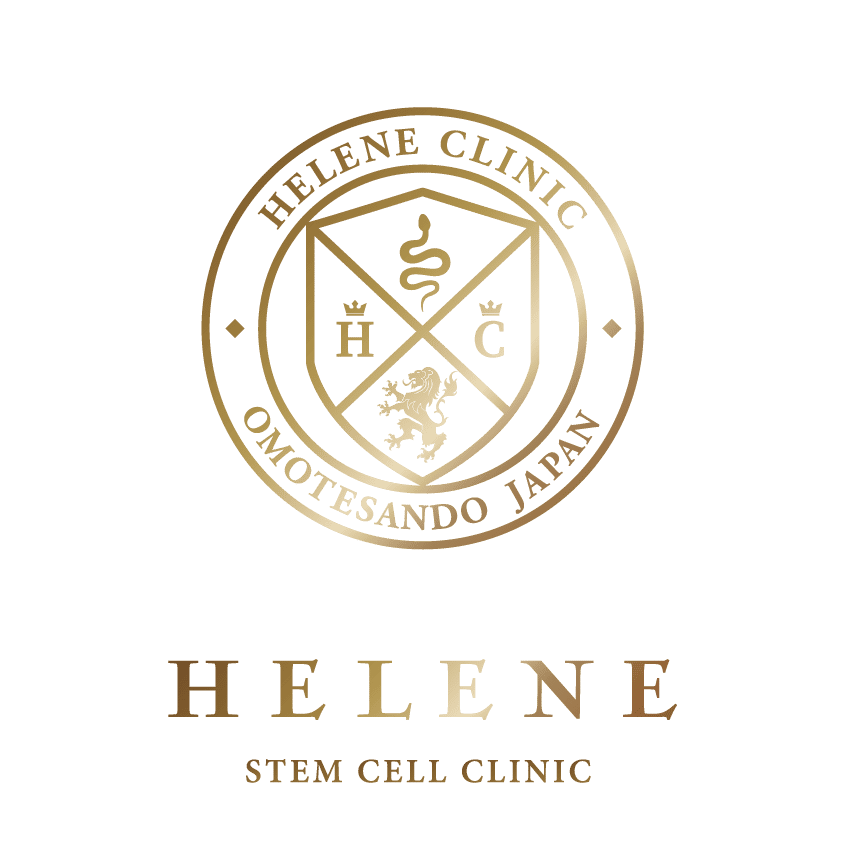

Share this listing